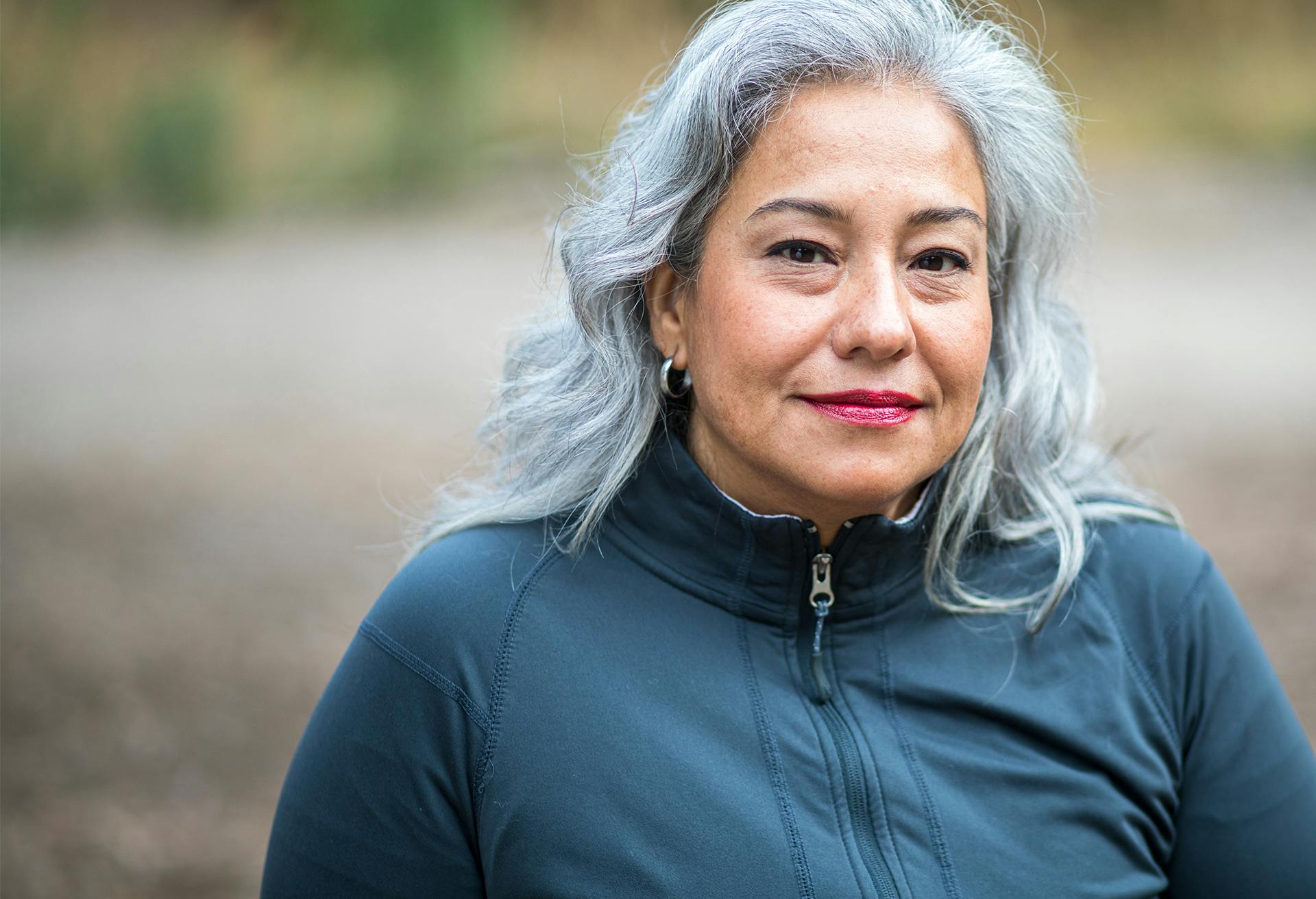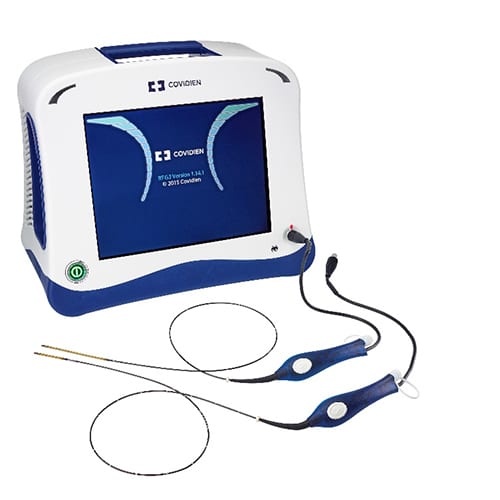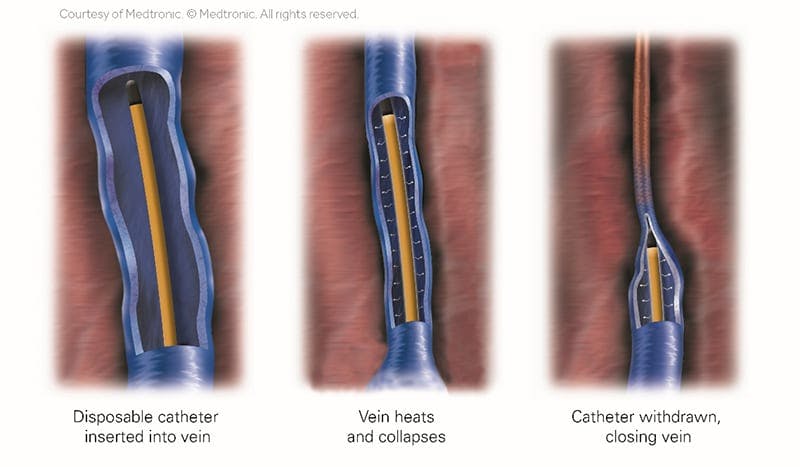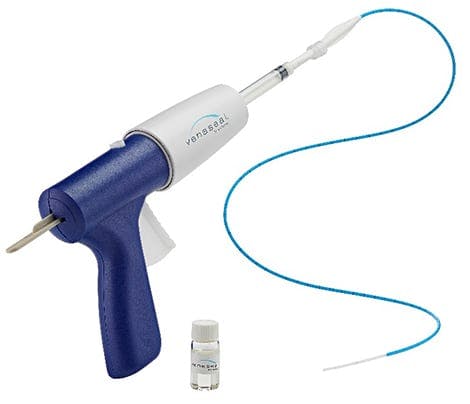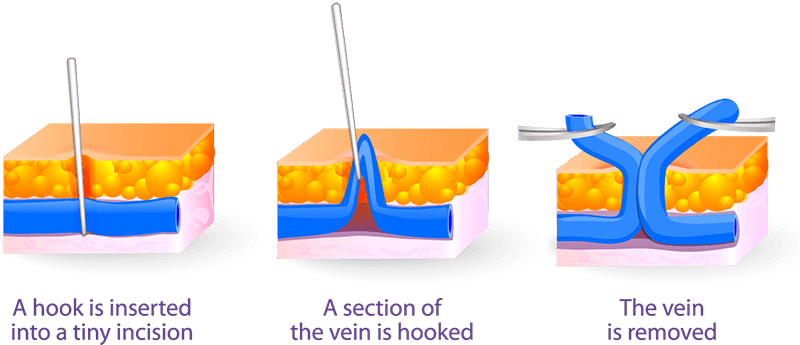Vein treatment aims to improve the patient’s quality of life. CVI (chronic venous insufficiency) presents with a wide spectrum of severity and symptoms.
Why choose Roller Weight Loss & Advanced Surgery?
Our surgeons at Roller Weight Loss & Advanced Surgery are widely recognized as being among the best in the region and leaders in the field of minimally invasive treatments for vein conditions, both functional and cosmetic. We perform a range of treatments for vein conditions and can meet with you to evaluate your condition and advise you of the best approach to bring you relief.

